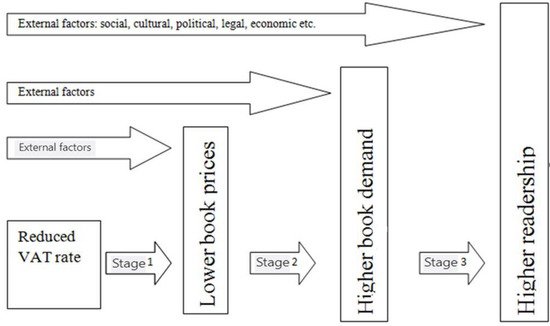The article concentrates on the relationship between reduced value added tax (VAT) rate on books and readership level as a projected goal in cultural policy. To figure out this complex link, the paper explores the contribution of public management and economy to this knowledge to uncover the potential of following assumptions: (1) Reduced VAT rate results in the fall in book prices for consumers; (2) lower book prices stimulate the demand for books; (3) higher consumption of books (book purchase) is reflected in a higher level of readership. Indirect funding is very often worth more (quantitatively) than a direct mode of subsidizing. Indirect instruments, including VAT reduction, are not always the simplest way towards a cultural policy target. Despite great potential as an indirect funding tool, the VAT reduction requires a high-quality ex-ante assessment, and mid-term evaluation to verify the effectiveness and consequences of using VAT as a tax exemption in the cultural policy.



